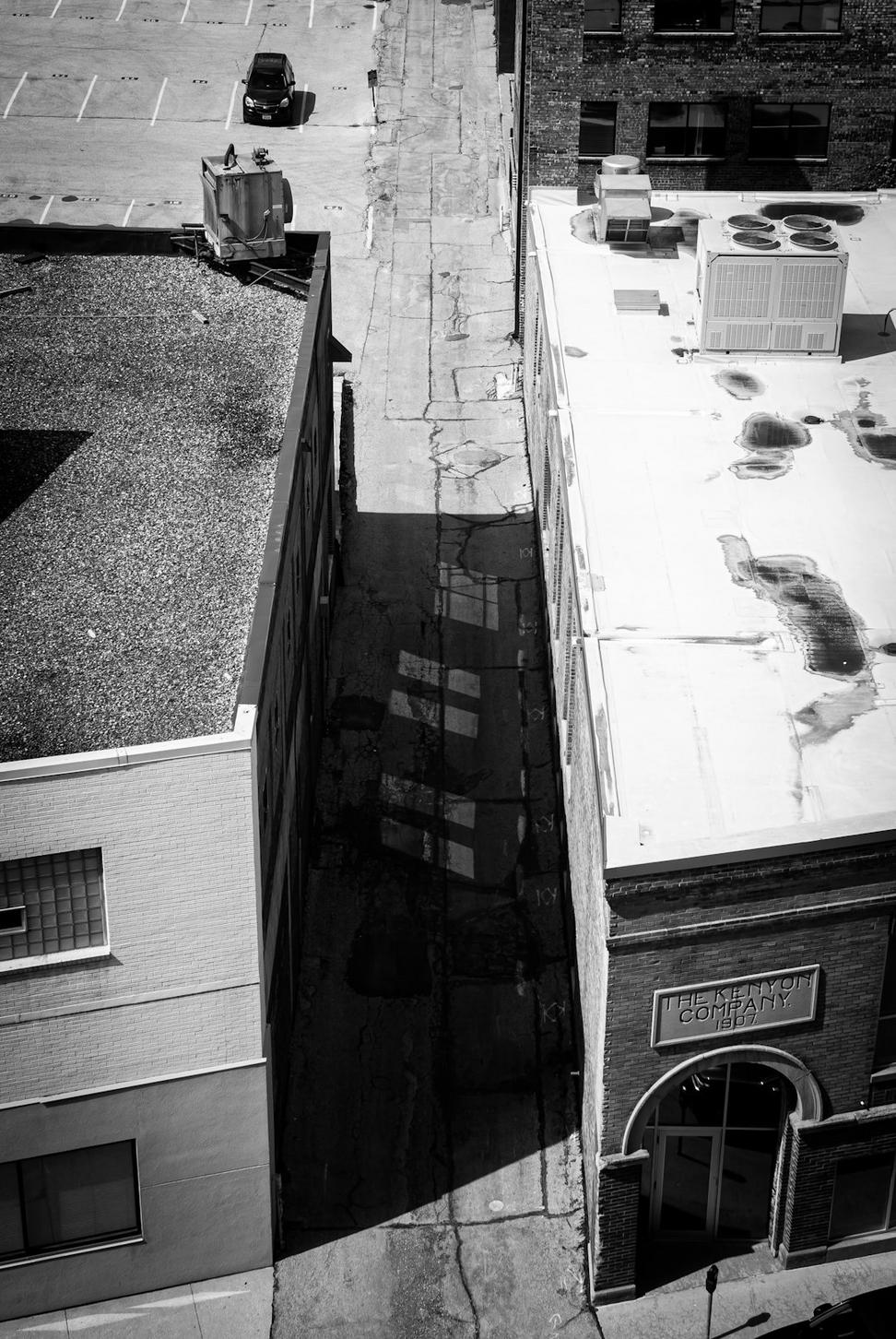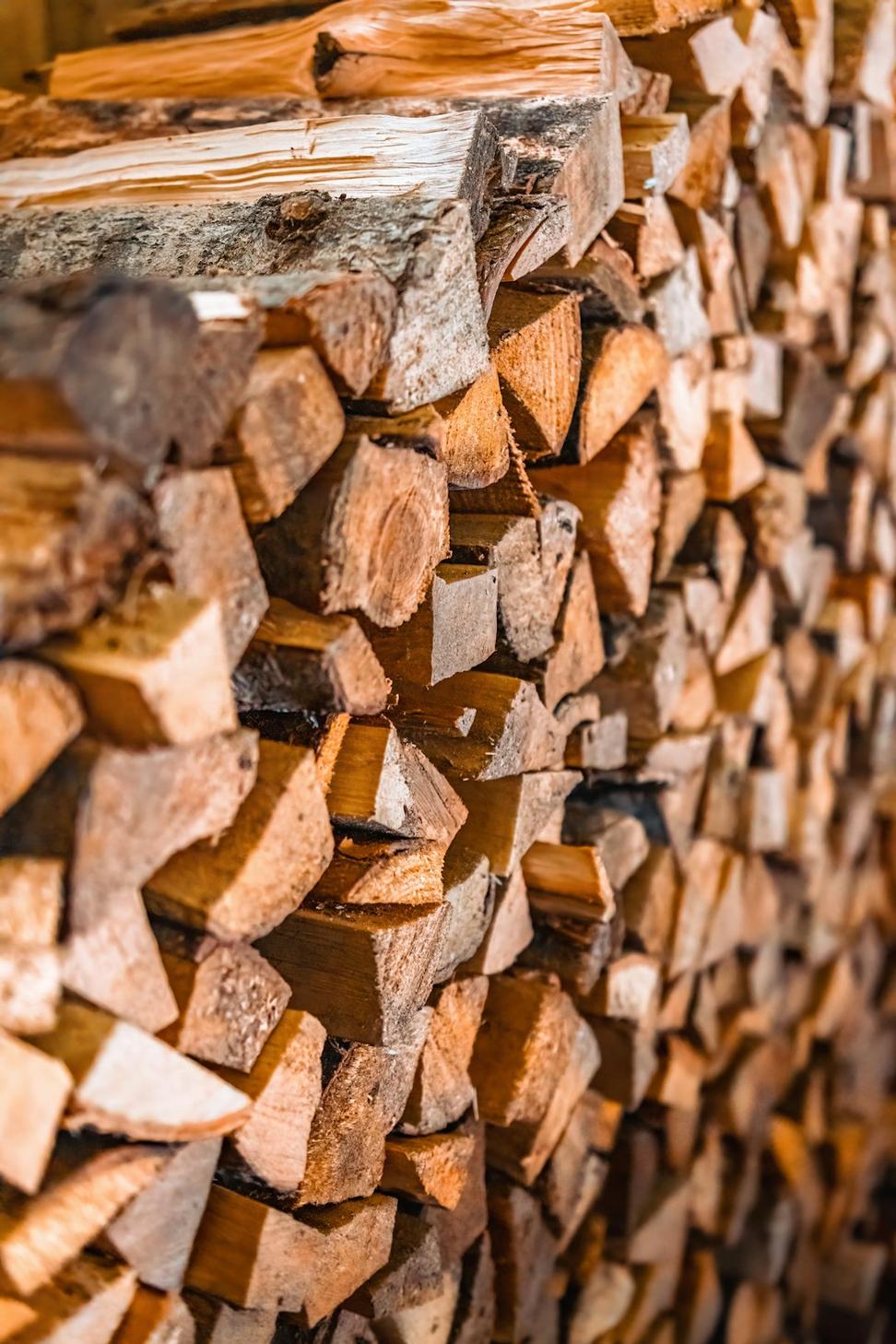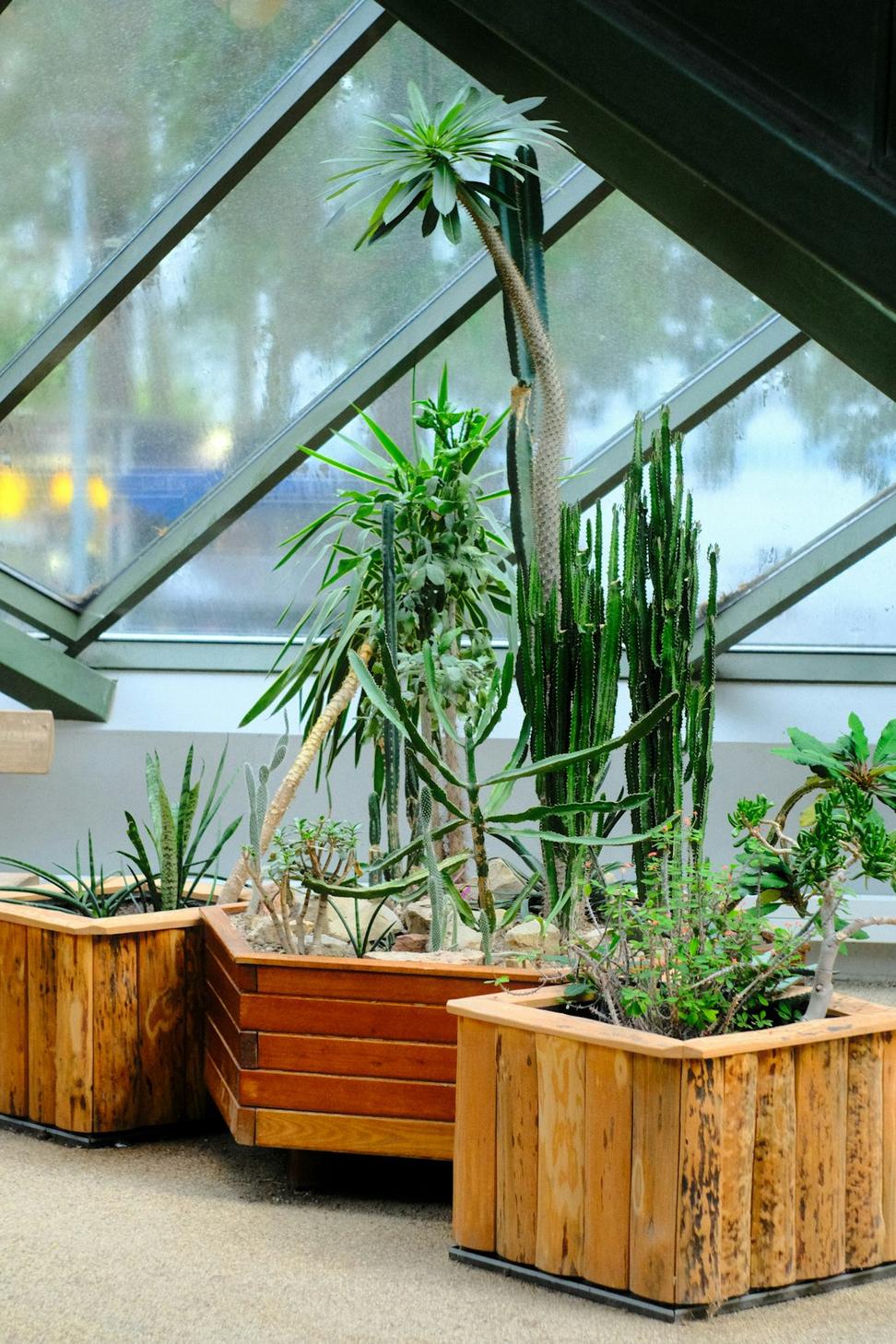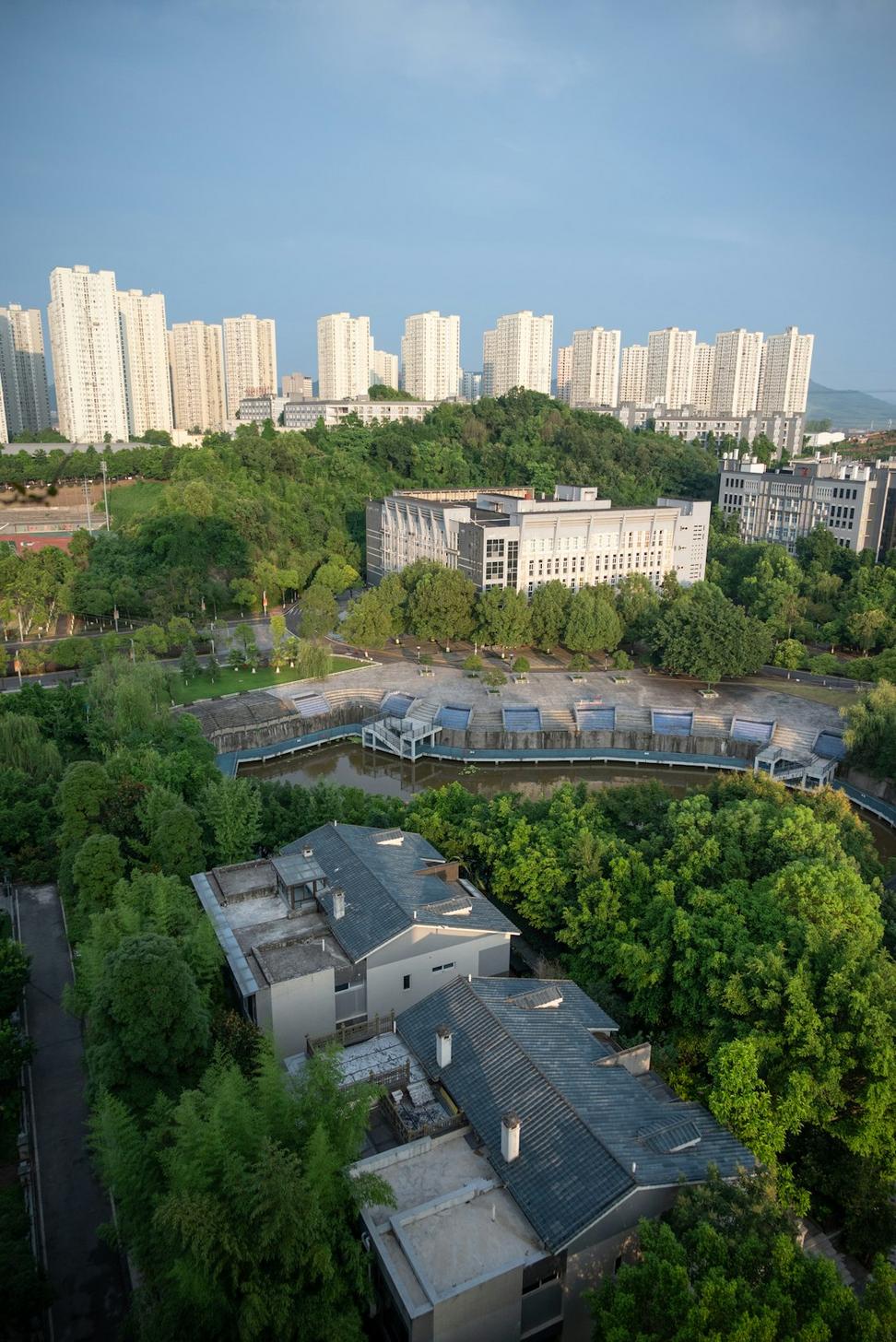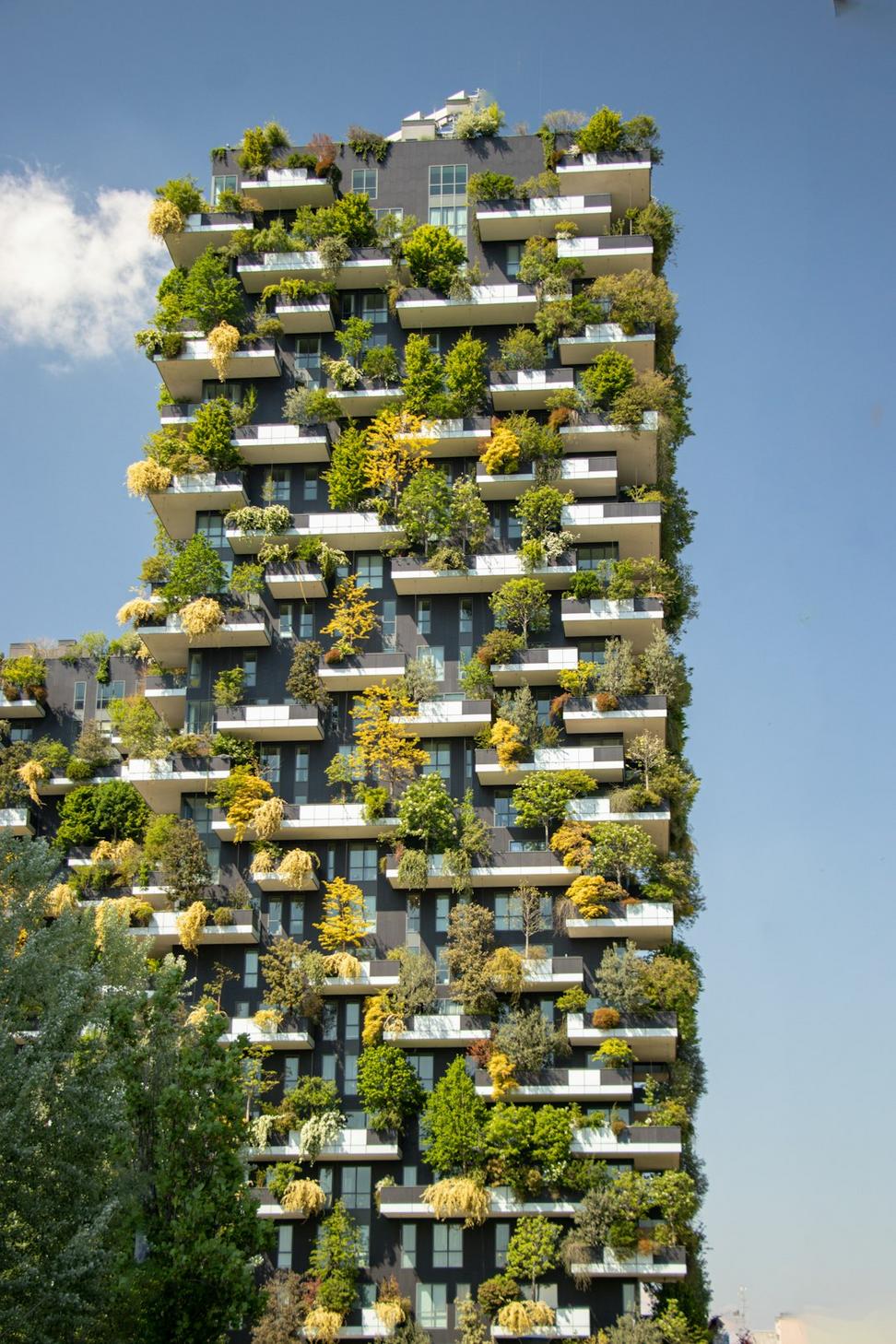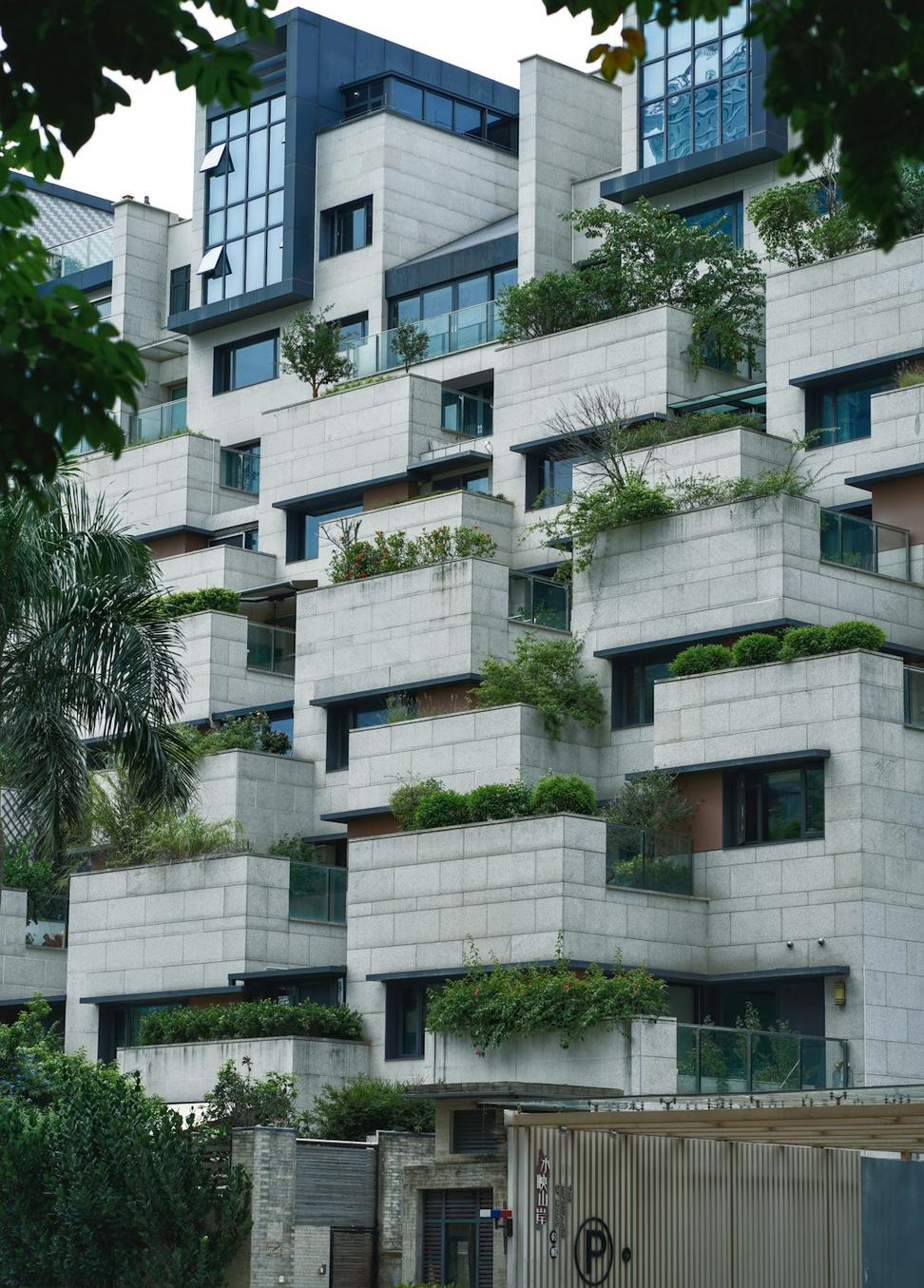
Why We Actually Care
Look, we've been in this game for years now, and honestly? The planet's not doing great. After seeing downtown Toronto evolve over the past two decades, we realized we can't just keep throwing up buildings without thinking about what comes next.
Every project that leaves our studio now has sustainability baked in from day one. It's not some checkbox exercise or marketing fluff - it's literally how we approach design. Our team spends hours figuring out energy flows, material lifecycles, and how to make spaces that'll still make sense 50 years from now.
"We're not saving the world here, but we're damn sure not making it worse."
